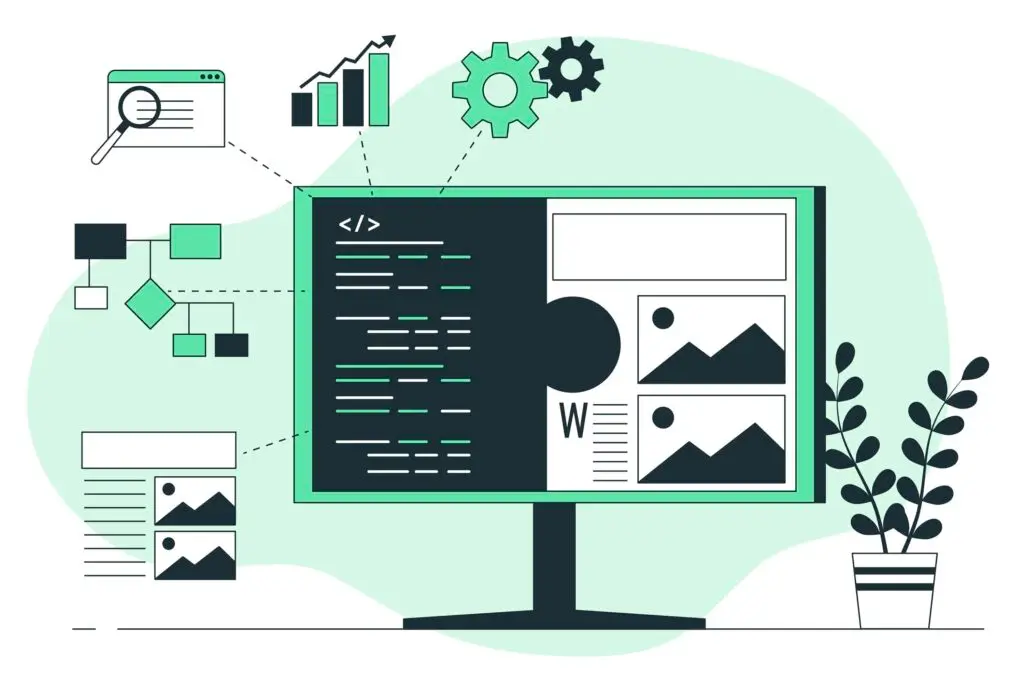The Total Shift Left Blogs
Our official blog with news, technology advice, and business culture.

Debunking the Myths of Test Automation: A Realistic Perspective
Test automation has become a cornerstone of modern software development, promising increased efficiency, faster release cycles, and improved quality. However, the field is often shrouded in misconceptions that can lead to unrealistic expectations and ultimately, failed automation initiatives.

Debunking the Myths of Test Automation: A Realistic Perspective
Test automation has become a cornerstone of modern software development, promising increased efficiency, faster release cycles, and improved quality. However, the field is often shrouded in misconceptions that can lead to unrealistic expectations and ultimately, failed automation initiatives.

Test Exit Criteria: Key to Testing Success
Test Exit Criteria are the predefined conditions that must be met for a testing phase to be considered complete. They define when testing can officially stop and provide a clear benchmark for determining testing success.

Test Implementation and Execution: Bringing Your Test Plan to Life
Test Implementation and Execution is the phase in the STLC where the prepared test cases are run against the software under test. It involves setting up the test environment, configuring test data, executing test scripts (manual or automated), and documenting the results.

Test Analysis and Design: Why It Matters
Test Analysis involves a thorough examination of the software requirements, identifying testable aspects, and pinpointing potential gaps or ambiguities. It’s about understanding what needs to be tested and why.

Test Planning: Laying the Foundation for Effective Testing
Test planning is the crucial initial step in the testing process. It’s more than just creating a document; it’s about establishing a clear roadmap for the entire testing effort. This involves defining the scope, objectives, and approach to testing, ensuring that all activities are aligned with the overall project goals.

Software Testing Life Cycle (STLC): A Comprehensive Guide
The Software Testing Life Cycle (STLC) is a framework that outlines the various stages involved in testing a software product. It’s a crucial component of the overall software development process and serves as a roadmap for testing activities.

Test Closure Activities: Ensuring Project Readiness for Delivery
Test Closure Activities mark the formal completion of all testing-related tasks within a given project or testing phase. It’s more than simply ceasing test execution; it’s a structured process of consolidating test results, archiving test artifacts, analyzing the testing process itself, and communicating the final status to stakeholders.

What Are Flaky Tests and How to Debug Them
In the world of software testing, flaky tests are a common but frustrating challenge that can derail development pipelines, lower team productivity, and erode confidence in testing outcomes.

Gamma Testing: The Final Frontier in Software Quality Assurance
Gamma Testing is the final stage of software testing conducted just before a product is released to the public. Unlike Beta Testing, which often involves external users providing feedback in real-world conditions, Gamma Testing is typically carried out internally or a small group of trusted end-users, focusing on last-minute checks for critical issues.

Ultimate Guide to Testing Automation for 2025
Testing automation streamlines the software testing process, enhancing speed, accuracy, and consistency across development cycles. By automating repetitive testing tasks, organizations can identify and resolve issues faster, improving software quality and reducing costs.

Custom Software Development: The Secret Weapon Successful Businesses Are Using
Custom software development involves designing, creating, and deploying software applications that cater to an organization’s unique needs. Unlike off-the-shelf software, which provides a one-size-fits-all approach, custom solutions are tailored to align with a company’s business operations and specific challenges.

What is IT Consulting and Why Your Business Needs it
In today’s fast-paced digital landscape, businesses are constantly adapting to the rapid evolution of technology. IT consulting has emerged as a powerful resource, guiding companies through this complex terrain to enhance efficiency, optimize operations, and align technology with business goals.

Understanding the Value of Managed IT Services for Growing Businesses
Managed IT services refer to the outsourcing of IT tasks to third-party providers, known as managed service providers (MSPs). These providers handle a variety of IT needs, such as network management, security monitoring, data backup, and troubleshooting.

Overcoming Challenges in Adopting Shift Left’s Most Common Pitfalls and Solutions
Shifting Left can revolutionize your development process, but it’s not without challenges. Explore the most common pitfalls—like cultural resistance, skill gaps, and tool selection—and learn how to overcome them for a successful Shift Left adoption.

Discover how Shift Left integrates with Agile and CI/CD to enhance software quality
Incorporate Shift Left in your Agile and CI/CD practices to build quality into every sprint. Explore strategies for early testing and continuous feedback that enhance collaboration and streamline software delivery.

The Future of Development – How TSL is Shaping DevSecOps
As the boundaries between development, security, and operations blur, the Total Shift Left approach is redefining DevSecOps. Dive into the future of software development where early integration and collaboration are setting the stage for innovation, resilience, and security.
